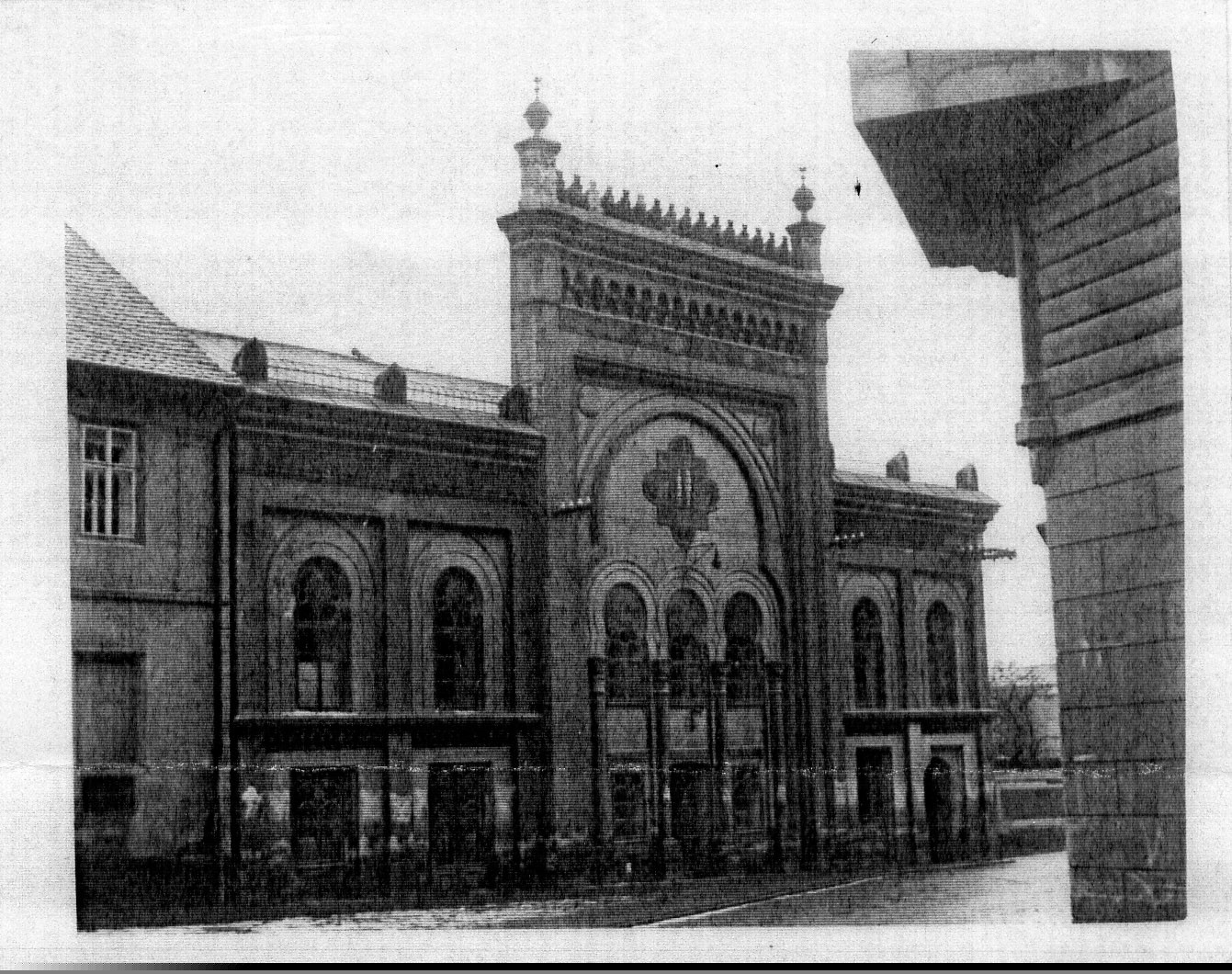 How the Scrolls Were Saved
How the Scrolls Were Saved
After the defeat of Germany, a free and independent Czechoslovakia emerged, but it was a country largely without Jews. Most of the surviving Jews in Prague and the rest of Bohemia and Moravia were from Slovakia and further east from Subcarpathian Ruthenia. Prague, which had had a Jewish population of 54,000 in 1940, was reduced to under 8,000 by 1947, and many of these would leave.
Over 50 congregations were re-established by survivors, but on 27 February 1948, after less than 3 years of post war freedom, the Communists staged a coup and took over the government of Czechoslovakia. The country was back under dictatorship. The revival of Jewish life was stifled. The Prague Jewish Museum came under government control. The Torah Scrolls which ended up in the Michle Synagogue building came under public ownership. The State Jewish Museum put on the exhibition of the collected Judaica.
Eric Estorick, an American art dealer living in London, paid many visits to Prague on business in the early 1960’s and got to know Prague artists, whose work he sold at his Grosvenor Gallery. Being a frequent visitor to Prague, he came to the attention of the authorities, and, on a visit in 1963 he expressed some interest in a catalogue of Hebraica. He was approached by officials from Artia, the state corporation responsible for trade in works of art, and asked if he would be interested in buying some Torah Scrolls.
Unknown to him, the Israelis had been approached previously with a similar offer, but the negotiations had come to nothing. Estorick was taken to the Michle Synagogue were he was faced with wooden racks holding about 1800 Scrolls, in seriously damp conditions. He was asked if he wanted to make an offer. He replied that he knew certain parties in London who might be interested.
On his return to London, he contacted a fellow American, Rabbi Harold Reinhart, of the Westminster Synagogue, one of whose congregants, Ralph Yablon, offered to put up the money to buy the Scrolls. First, Chimen Abramsky, who was to become Professor of Hebrew Studies at the University of London, was asked to go to Prague for twelve days in November 1963 to examine the Scrolls and to report on their authenticity and condition. On his return to London, it was decided that Estorick should go to Prague and negotiate a deal, which he did. Two lorries laden with 1564 Scrolls arrived at the Westminster Synagogue on 7 February 1964.
After months of sorting, examining and cataloguing each Scroll, the task of distributing them began, with the aim of getting the Scrolls back into the life of Jewish congregations across the world. The Memorial Scrolls Trust was established to carry out this task.
~Michael Heppner